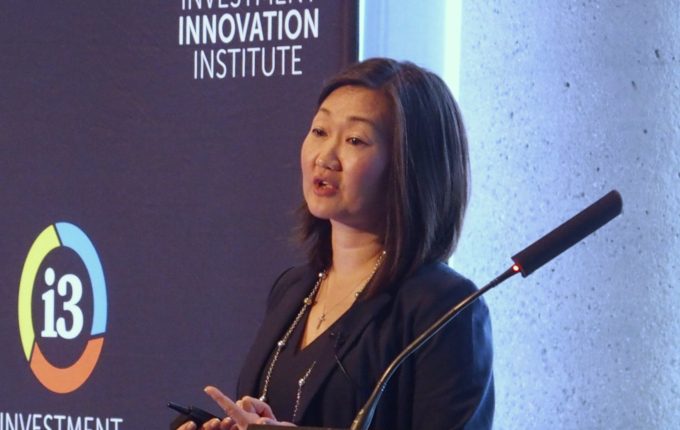The US$ 55 billion Pennsylvanian pension fund PSERS embraced risk parity in an effort to address the asset allocation challenges laid bare by turmoil during the global financial crisis.
Register to Access this Exclusive [i3] Insights Article
Create a free account to access exclusive interviews with asset owners, revealing insights on investment strategies, market trends, and portfolio allocations.
If you already have an account you can Login .
If you have any issues registering an account please send us an email at [email protected].

